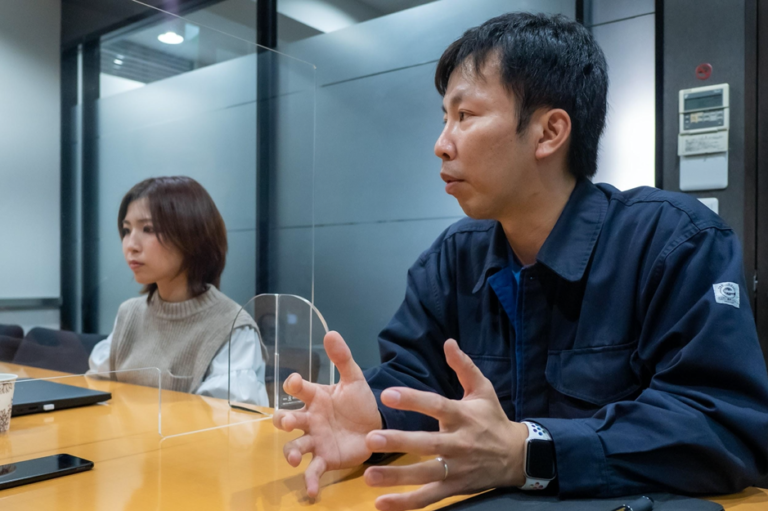This is the second installation of our interview series with Steve, a THETA photographer who captures amazing starry sky photos in Australia. We asked him for tips on how he captures these unique images with our flagship model, THETA Z1.
If you missed the first article, check it out here.
The best 360 degree photo of starry sky…
Could you please show us your best 360 degree starry sky photo?
I traveled several hours from the city to a clear and dark night sky to take long exposure 360 photos with my THETA Z1. This image captured the Milky Way and a meteor streaking across the sky and all the stars in the southern night. This was a 60 second exposure captured in manual mode on a sturdy tripod. I was very pleased with the result.
This is amazing!! What are the settings of this photo?
I took this photo with F/3.5. ISO 640 and Shutter Speed 60 seconds using auto white balance. I shot in raw DNG mode.
How do you set the shooting settings when you take a starry sky photo?
I used the THETA app in manual mode and customized the settings for the photo. This was after I took a range of photos at various settings and then transferred them to my iPhone and selected the exposure which provided the best results. I also used the self timer feature to ensure I could walk away from the camera before the exposure.
You can make the detailed settings from RICOH THETA App

Are there any other tricks you used?
I ensured that I was using a sturdy tripod to avoid any camera wobble. A monopod could work, but there is a lot more chance with even some wobble. There were no foreground objects of interest, so I made sure the foreground was as dark as possible. If there had been interesting rock formations, I could have used some form of illumination to show them as well. I aimed the center of one lens at the Milky Way with the greatest concentration of stars.

How high do you position THETA on the monopod when you shoot starry sky?
I positioned THETA about 1.5m above the ground. On other occasions, I have taken star photos at a beach and had THETA only 5cm above the sand on a tiny tripod.
Where are you standing while you are shooting?
It was quite dark and a long exposure, so I used the self timer set to 10 seconds and walked away and crouched down looking away from the camera. A face is lighter and does reflect some starlight, the back does not.
You can make settings for self timer mode from the RICOH THETA App.

Could you show us another one of your favorite starry sky photos?
I went out shooting single exposure images of the night sky in a dark sky area away from the city. Only after I returned home did I consider the idea of stacking all my THETA Z1 images into Adobe Photoshop to create a composite image of the star trails. I intend to edit a better image soon with dedicated interval exposures over a longer time frame. This sort of image cannot be seen with the human eye but the camera and computer skills make it possible.
How many photos do you use to make this star trail?
The image is a composite of about 20 photos.
What are the settings of interval shooting?
The shots used to create this composite photo were, on this occasion, manually taken at random intervals over a three hour period, which explains the gaps in the trails. I would like to undertake the exercise again with a dedicated interval shoot and I would probably take the photos 3 minutes apart, and use 60 second exposures.
You can set intervals on the RICOH THETA App

Thank you for sharing the beautiful images and tricks! We are impressed by your images and wish we could see the starry sky in Australia ourselves!
For more details, please visit the product page.

Interviewee: Steve Swayne
Edit: Hitomi and Kellyn




.jpg)


.svg)




